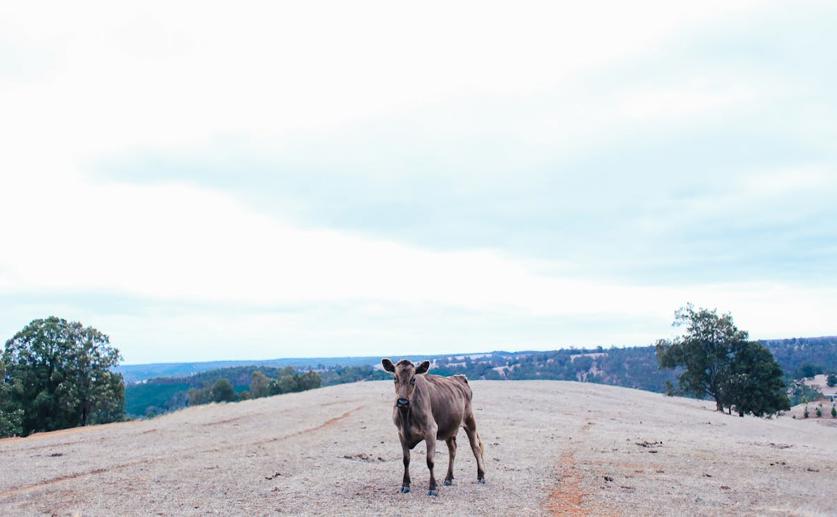
Genomic Analysis Shows Genetic Diversity and Evolution in Local Cattle
Greg Howard
6th June, 2024

Image Source: Rachel Claire (photographer)
Key Findings
- The study analyzed the genomes of 49 modern cattle breeds and eight ancient East Asian samples to understand cattle genetic diversity
- Researchers identified five continental cattle groups based on genetic markers, with East Asian cattle showing three distinct ancestries
- Historic genetic mixing helped southern Chinese and Tibetan Plateau cattle adapt to their environments, gaining traits like heat tolerance and disease resistance
References
Main Study
1) Whole-genome sequencing reveals genomic diversity and selection signatures in Xia’nan cattle
Published 5th June, 2024
https://doi.org/10.1186/s12864-024-10463-3
Related Studies
2) Worldwide patterns of ancestry, divergence, and admixture in domesticated cattle.
3) Global genetic diversity, introgression, and evolutionary adaptation of indicine cattle revealed by whole genome sequencing.



 7th April, 2024 | Jim Crocker
7th April, 2024 | Jim Crocker